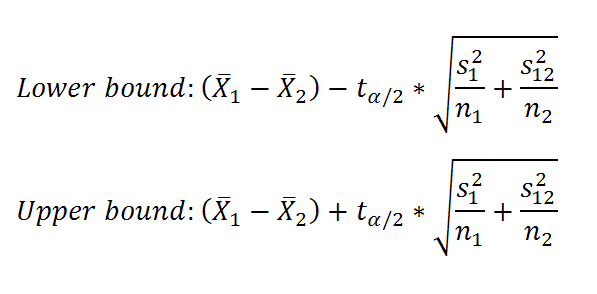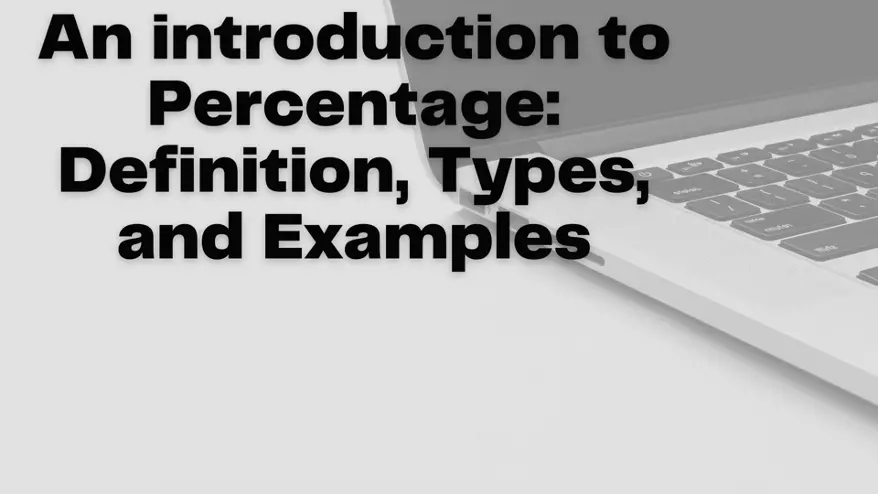Confidence Interval Calculator
calculate confidence interval
Confidence Interval Calculator
This Free confidence interval calculator is a tool that will help you find the confidence interval for a sample, provided you give the mean.
Tutorial on How to Make Use of a Confidence Interval Calculator
There is a wide variety of confidence interval calculators available, and each of these calculators may be used to compute a variety of various degrees of assurance. To use one, you simply need to enter your data into the calculator and then click the compute button. It's that simple. After you have entered the data into the calculator, it will process them and then show you the results after a few moments have passed. You need to be familiar with the sample size and margin of error formula in order to utilize a confidence interval calculator effectively. The proper use of each of these formulae will be covered in this article.
Using a confidence interval calculator
You will be able to calculate the range of a population parameter, such as the average mass of a hundred bricks, with the assistance of a confidence interval calculator if you use it. You may use a calculator to determine, for instance, the range of values that fall between 285 grams and 315 grams. When conducting data analysis for population research, confidence intervals are an essential tool to have at your disposal. The use of confidence intervals can assist you in determining the most appropriate next step to take.
Sample size
When conducting a survey, it is necessary for you to compute the sample size as well as the confidence interval. Using a sample size calculator can assist you in determining the appropriate margin of error and confidence level for your research as well as the appropriate number of participants to include in your study. You may quickly determine what proportion of the whole population possesses a specific property by making use of the sample size calculator, as well as how many people should be included in an investigation. The calculator for the appropriate sample size also provides a rundown of the findings.
The formula for the margin of error
The margin of error refers to the amount of variance that may be found in the results of a statistical test when discussing a confidence interval calculator. The percentage difference that may be expected in a sample when compared to the overall population is referred to as the margin of error. The sample percentage, p, and the standard deviation, s2, are the two variables that must be used in order to compute the margin of error.
Z-score
You may have come across a Z-score confidence interval calculator. Z-scores are a form of estimation that may be found in the field of statistics. These intervals illustrate the range of possible values for the variables and parameters that are not known. Statistics and past performance serve as the foundation for confidence levels. You may build a confidence interval based on the findings of the sample using the calculator at your disposal. You will need the z-score as well as the P-hat in order to utilize a Z-score confidence interval calculator properly.
Bootstrapping
When the creation of a confidence interval is required, the bootstrap technique is a good option to consider. The Fisher technique is frequently outperformed by bootstrapping in a variety of contexts. The reason for this is that it does not presume anything about differences across cases. To give just one illustration, the distributions of the mean, the median, and the t-scores are not known. Bootstrapping is an alternative to typical approaches in which a sample statistic is used instead of the actual distributions themselves as the sample.
Also, check our discount calculator, average calculator, and loan calculator
 English
English
 Bahasa Indonesia
Bahasa Indonesia
 Português
Português











